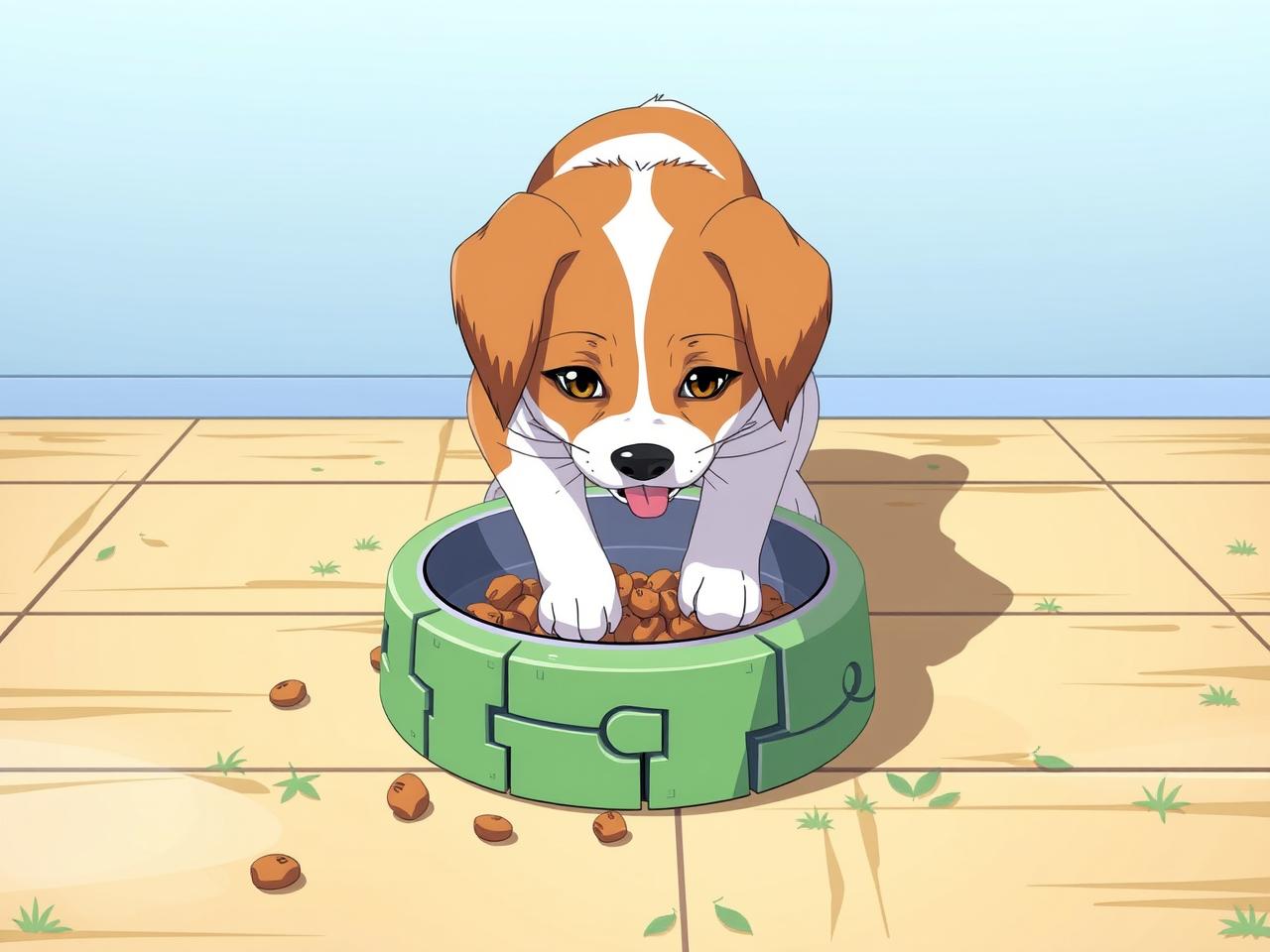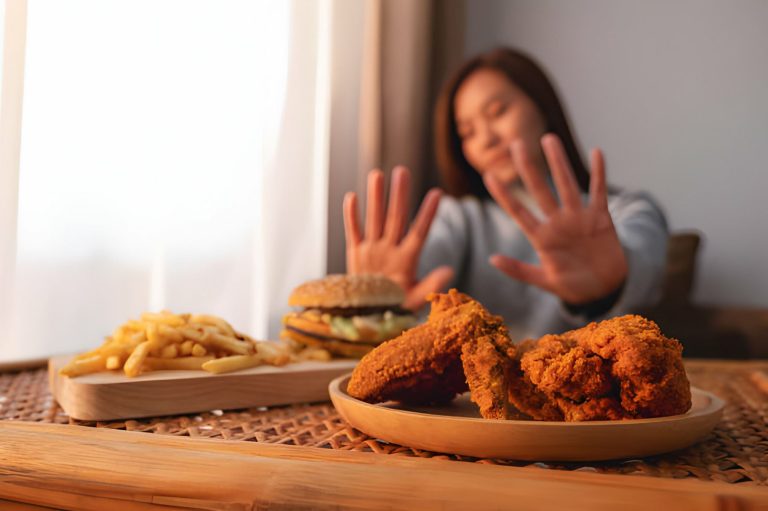DIY Puzzle Feeder to Keep Your Dog Entertained
Puzzle feeders are interactive toys designed to provide mental stimulation and enrichment for dogs. These devices challenge dogs to work for their food, engaging their problem-solving skills and natural curiosity. Available in various designs, from simple treat-dispensing balls to complex multi-step puzzles, they offer a range of difficulty levels to suit different dogs’ abilities.
These feeders serve multiple purposes:
1. Mental stimulation: They keep dogs mentally engaged, preventing boredom and reducing destructive behaviors.
2. Slowing down eating: By making dogs work for their food, puzzle feeders can help prevent issues associated with rapid eating, such as bloating and obesity.
3. Stress relief: For dogs left alone for extended periods, puzzle feeders provide a positive outlet for energy and anxiety.
4. Training aid: They can be used as tools for behavior modification and training, reinforcing problem-solving skills.
5. Confidence building: Successfully solving puzzles can boost confidence in shy or anxious dogs. Puzzle feeders are particularly beneficial for dogs prone to destructive behavior when left alone, as they redirect energy into a constructive activity. They also support the natural foraging instincts of dogs, providing a more enriching feeding experience.
Regular use of puzzle feeders can contribute to a dog’s overall well-being, offering both mental and physical benefits. As such, they are considered a valuable addition to a dog’s daily routine by many pet care professionals and veterinarians.
Key Takeaways
- Puzzle feeders provide mental stimulation and physical activity for dogs
- Using puzzle feeders can help reduce boredom and prevent destructive behavior in dogs
- Materials needed for DIY puzzle feeders include PVC pipes, plastic bottles, and cardboard boxes
- Tools needed for DIY puzzle feeders include scissors, tape, and treats
- Step-by-step instructions for making a DIY puzzle feeder include cutting holes in the materials and placing treats inside
Benefits of Using Puzzle Feeders for Dogs
Mental Stimulation and Problem-Solving
Dogs are intelligent animals that require mental exercise to stay happy and healthy. Puzzle feeders provide an opportunity for dogs to use their problem-solving skills and cognitive abilities to access their food, keeping their minds sharp and engaged. This mental stimulation can help prevent boredom and the development of destructive behaviors, such as chewing and excessive barking, especially in dogs who are left alone for extended periods.
Slowing Down Eating and Promoting Better Digestion
Many dogs have a tendency to gulp down their food quickly, which can lead to digestive issues such as bloating and obesity. Puzzle feeders require dogs to work for their food, slowing down their eating pace and promoting better digestion. This can be particularly beneficial for dogs who are prone to gastrointestinal problems or weight management issues.
Physical Exercise and Coordination
Furthermore, puzzle feeders can provide physical exercise as well, as some designs require dogs to move and manipulate the toy to access their food, promoting physical activity and coordination. Overall, puzzle feeders offer a holistic approach to keeping dogs mentally and physically stimulated, contributing to their overall well-being and quality of life.
Materials and Tools Needed for DIY Puzzle Feeder

Making a DIY puzzle feeder for your dog is a fun and rewarding project that requires just a few materials and tools. To create a simple treat-dispensing puzzle feeder, you will need the following materials:
– A sturdy plastic bottle or container with a lid
– Scissors or a utility knife
– Non-toxic paint or markers (optional)
– Dog treats or kibble For more complex puzzle feeder designs, you may also need additional materials such as PVC pipes, wooden boards, or PVC connectors. However, for a basic DIY puzzle feeder, a plastic bottle or container will suffice.
In terms of tools, you will need scissors or a utility knife to cut holes in the plastic bottle or container to allow the treats to dispense. If you choose to decorate the puzzle feeder with non-toxic paint or markers, you will also need those materials. Overall, creating a DIY puzzle feeder for your dog is a simple and affordable project that requires minimal materials and tools.
Step-by-Step Instructions for Making a DIY Puzzle Feeder
Creating a DIY puzzle feeder for your dog is a straightforward process that can be customized based on your dog’s size and skill level. Here are step-by-step instructions for making a simple treat-dispensing puzzle feeder using a plastic bottle:
1. Start by cleaning and drying the plastic bottle or container thoroughly.
2. Using scissors or a utility knife, carefully cut several small holes in the sides of the bottle or container. The holes should be large enough for the treats or kibble to dispense but not too big that they fall out easily.
3. If desired, decorate the outside of the bottle with non-toxic paint or markers to make it more visually appealing.
4.Once the paint is dry, fill the bottle with your dog’s favorite treats or kibble.
5. Secure the lid on the bottle or container, ensuring that it is closed tightly.
6. Present the puzzle feeder to your dog and watch as they enjoy the challenge of working to access their food.
For more complex DIY puzzle feeder designs, such as using PVC pipes or wooden boards, you may need to follow specific instructions based on the materials used. However, the basic concept of creating a challenge for your dog to access their food remains the same.
Tips for Introducing the Puzzle Feeder to Your Dog
Introducing a puzzle feeder to your dog requires patience and encouragement to help them understand how it works. Here are some tips for introducing the puzzle feeder to your dog:
1. Start by presenting the puzzle feeder to your dog without any treats inside, allowing them to investigate and become familiar with the toy.
2.Once your dog is comfortable with the puzzle feeder, place a few treats or kibble inside and show them how to access the food by moving or manipulating the toy.
3. Encourage your dog to interact with the puzzle feeder by offering praise and rewards when they make progress.
4. If your dog becomes frustrated or loses interest, take a break and try again later to prevent any negative associations with the puzzle feeder.
5.Gradually increase the difficulty of the puzzle feeder as your dog becomes more proficient at solving it, providing them with a continuous challenge. It’s important to remember that every dog is different, so some may take longer to understand how the puzzle feeder works than others. Patience and positive reinforcement are key when introducing a puzzle feeder to your dog.
Safety Precautions to Consider When Using Puzzle Feeders

Choosing the Right Puzzle Feeder
When selecting a puzzle feeder, make sure to choose one that is appropriate for your dog’s size and skill level. This will help prevent potential choking hazards and frustration.
Supervising Your Dog
It’s crucial to monitor your dog while they interact with the puzzle feeder to ensure they do not ingest any non-food items or damage the toy.
Maintenance and Inspection
Regularly clean and inspect the puzzle feeder for any signs of wear and tear that could pose a safety risk. This will help prevent any potential hazards and keep your dog safe.
By following these safety precautions, you can ensure that your dog enjoys their puzzle feeder in a safe and supervised manner.
Alternative Puzzle Feeder Ideas for Dogs

In addition to DIY puzzle feeders, there are various alternative puzzle feeder ideas for dogs that can provide mental stimulation and enrichment:
1. Snuffle mats: These mats are designed with pockets and crevices where you can hide treats or kibble, encouraging dogs to use their sense of smell to find their food.
2. Interactive toys: There are many interactive toys available on the market that require dogs to manipulate levers, buttons, or compartments to access their food.
3.Frozen treats: You can create frozen treats by filling a Kong toy with wet dog food or yogurt and freezing it, providing dogs with a challenging and refreshing way to enjoy their meals.
4. Food-dispensing balls: These toys dispense treats as dogs roll them around, providing both mental stimulation and physical exercise. By incorporating alternative puzzle feeder ideas into your dog’s routine, you can keep them engaged and entertained while promoting their overall well-being.
In conclusion, puzzle feeders are an excellent way to provide mental stimulation and enrichment for dogs while offering various benefits such as slowing down fast eaters and preventing destructive behaviors. Creating a DIY puzzle feeder is a simple and rewarding project that requires minimal materials and tools, allowing you to customize the toy based on your dog’s size and skill level. When introducing a puzzle feeder to your dog, patience and positive reinforcement are essential for helping them understand how it works.
By considering safety precautions and exploring alternative puzzle feeder ideas, you can ensure that your dog enjoys the mental and physical benefits of interactive feeding toys.
FAQs
What is a DIY puzzle feeder for dogs?
A DIY puzzle feeder for dogs is a homemade device that dispenses food or treats in a way that requires the dog to solve a puzzle or perform a task in order to access the food. It is designed to provide mental stimulation and entertainment for dogs, as well as to slow down their eating and prevent overeating.
How does a DIY puzzle feeder benefit dogs?
A DIY puzzle feeder can benefit dogs by providing mental stimulation, preventing boredom, and promoting problem-solving skills. It can also help to slow down their eating, which can be beneficial for dogs who eat too quickly or struggle with weight management.
What materials are needed to make a DIY puzzle feeder for dogs?
Materials needed to make a DIY puzzle feeder for dogs may include PVC pipes, plastic bottles, cardboard boxes, muffin tins, or other household items that can be repurposed to create a puzzle or obstacle for the dog to access their food or treats.
Are there any safety considerations when making a DIY puzzle feeder for dogs?
When making a DIY puzzle feeder for dogs, it is important to ensure that the materials used are safe for the dog to interact with and cannot be easily chewed or ingested. It is also important to supervise the dog while they are using the puzzle feeder to ensure they do not become frustrated or ingest any non-food items.
How can I introduce a DIY puzzle feeder to my dog?
To introduce a DIY puzzle feeder to your dog, start by placing a small amount of their regular food or treats in the feeder and allowing them to explore and interact with it at their own pace. Encourage them to engage with the puzzle feeder by offering praise and rewards for their efforts. Gradually increase the difficulty of the puzzle as your dog becomes more comfortable with using it.








GIPHY App Key not set. Please check settings